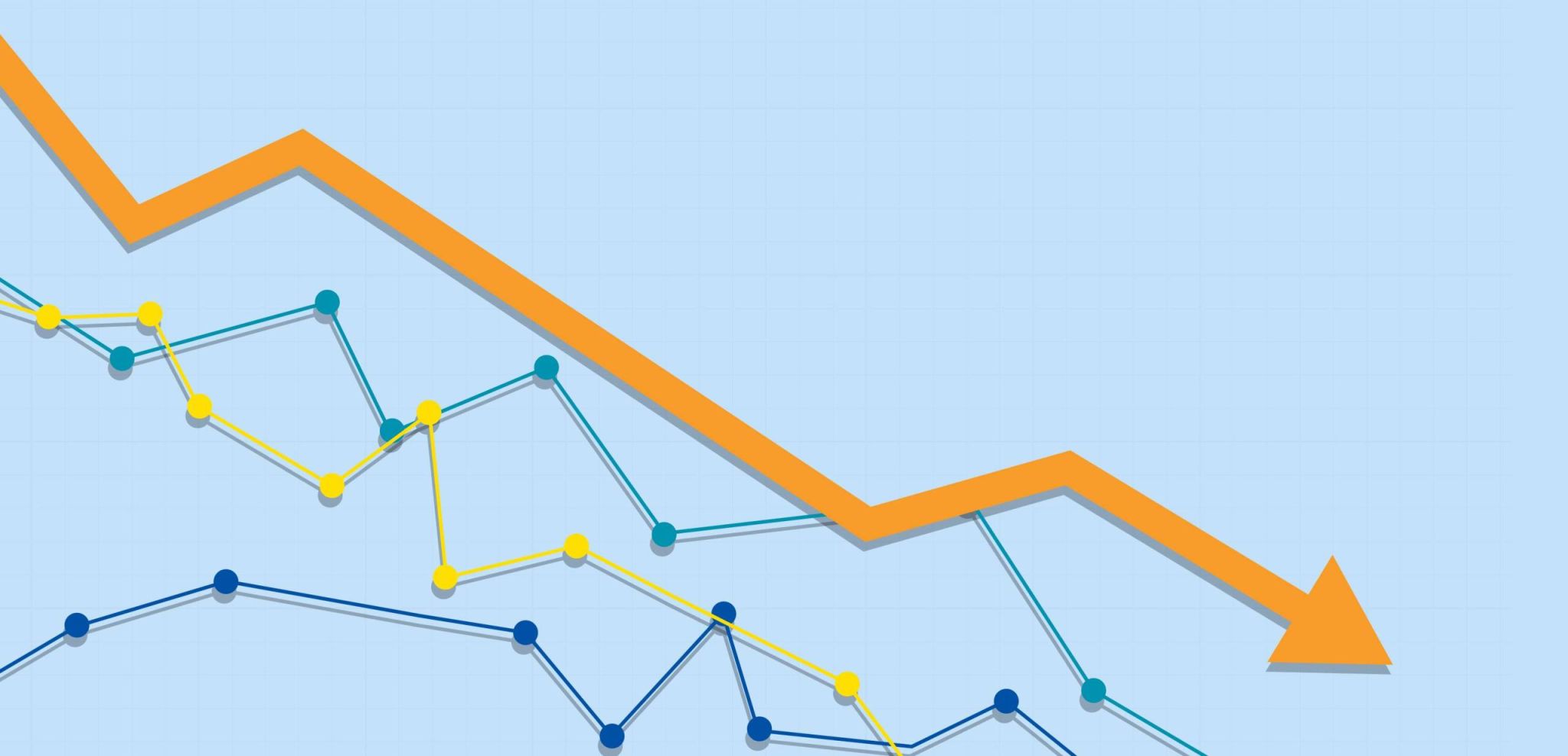While the decline in January retail sales reflects some payback for the strong holiday season, it is also reflective of the k-shape emerging in the consumer economy. The headline contraction was widely expected, but the sizable fall in the control group suggests consumption growth will be weaker than expected in Q1. In fact, we are still thinking about January consumer credit data released by the Federal Reserve Board. Consumer credit outstanding – that includes auto loans, credit cards, student loans, etc. but excludes debt backed by real estate (i.e., mortgages, HELOCS, etc.) – increased by $40.8 billion in December. That represents the largest m/m increase in series history. About half of that increase came from a rise in revolving credit – typically what we consider to be credit card spending. And in the context of retail sales, that increase suggests 5% of spending was fueled by debt. Importantly, it gives us a view on the sustainability of growth – and this trajectory is not encouraging. In the last 25 years, the contribution of credit to retail sales has been around 1.5%, and December’s surge was more than three times the average. This will dynamic represents one of the biggest risks to our consumption forecast in 2025.
Inflation is a central theme in the US growth divide
We think that the story of exceptional US growth masks a divided picture beneath the surface and US inflation is a key component of that divide. US Consumer confidence has been exceptionally weak relative to pre-pandemic levels and revolving credit utilization is moving higher at a time when the US has been touted as the global “golden child” of post-pandemic growth stories. A key part of the “K-shaped” recovery story is the fact that inflation has hit lower and middle-income households harder compared to higher income households. Indeed, US inflation has been sticky, making little progress over the last year in its path towards the Fed’s target. What the CPI data does not convey, however, is just how burdensome above-target inflation has been on various groups along the income spectrum. We looked at the data and found that higher inflation for essentials hits lower income households harder since they devote a greater share of their consumer basket to nondiscretionary spend. We estimate that when headline inflation peaked at 9.1% in June 2022, it felt more like 10% inflation for those at the bottom of the income scale, while the top earners felt a lower inflation burden of 8%.
Lower income households have less choice in the face of above-target inflation
We constructed a re-weighted CPI basket based on average annual expenditure shares from the Consumer Expenditure Survey. This exercise tells us that even recently, December’s 2.9% inflation rate felt like inflation above 3% for America’s lowest earners. Since 2019, the lowest income earners’ consumer baskets reported price growth of ~25%. For middle and lower-middle income earners, it was 23-24% and for the highest earners in the US, prices increased 22%. While this dispersion is not jaw-dropping, an important theme here is the disparity of choice. America’s lowest earners allocate most of their income to essentials – they cannot hide from higher grocery prices and rent. At the same time, the highest earners devote a greater share of their spending basket to discretionary consumption like restaurants (which can easily be scaled back in the face of inflation), recreation and hobbies (tennis lessons can be canceled), and travel. Additionally, high income households devote, on average, more than 20% of their income to savings and pension contributions, meaning they are more insulated and can tap into these reserves during periods of higher price growth. Meanwhile, lower-income households have less cushion. The difference in housing costs has been the most pronounced, and this is especially concerning because shelter is still driving the bulk of price growth. Low-income renters have seen their rents rise 45% since 2019 in contract to the highest-earning homeowners who reported 35% price-growth. Middle-income homeowners reported ~30% growth and appear to be more insulated than renters, as many locked into ultra-low mortgage rates during the pandemic.
Why does this matter?
Higher income earners have been able to continue to spend on discretionary goods and services despite higher prices, as this group has benefited from robust growth in non-labor income (i.e., dividend and rental income). Meanwhile, lower and middle-income households, have largely spent their excess savings and remain reliant on wage income. Going forward, this disparity will continue to be a key story that may become more pronounced in a high-rate environment as low-income earners turn to debt to sustain their spending.

Download the Report
Mike Reid is a Senior U.S. Economist at RBC. He is responsible for generating RBC’s U.S. economic outlook, providing commentary on macro indicators, and producing written analysis around the economic backdrop.
This article is intended as general information only and is not to be relied upon as constituting legal, financial or other professional advice. The reader is solely liable for any use of the information contained in this document and Royal Bank of Canada (“RBC”) nor any of its affiliates nor any of their respective directors, officers, employees or agents shall be held responsible for any direct or indirect damages arising from the use of this document by the reader. A professional advisor should be consulted regarding your specific situation. Information presented is believed to be factual and up-to-date but we do not guarantee its accuracy and it should not be regarded as a complete analysis of the subjects discussed. All expressions of opinion reflect the judgment of the authors as of the date of publication and are subject to change. No endorsement of any third parties or their advice, opinions, information, products or services is expressly given or implied by Royal Bank of Canada or any of its affiliates.
This document may contain forward-looking statements within the meaning of certain securities laws, which are subject to RBC’s caution regarding forward-looking statements. ESG (including climate) metrics, data and other information contained on this website are or may be based on assumptions, estimates and judgements. For cautionary statements relating to the information on this website, refer to the “Caution regarding forward-looking statements” and the “Important notice regarding this document” sections in our latest climate report or sustainability report, available at: https://www.rbc.com/community-social-impact/reporting-performance/index.html. Except as required by law, none of RBC nor any of its affiliates undertake to update any information in this document.


